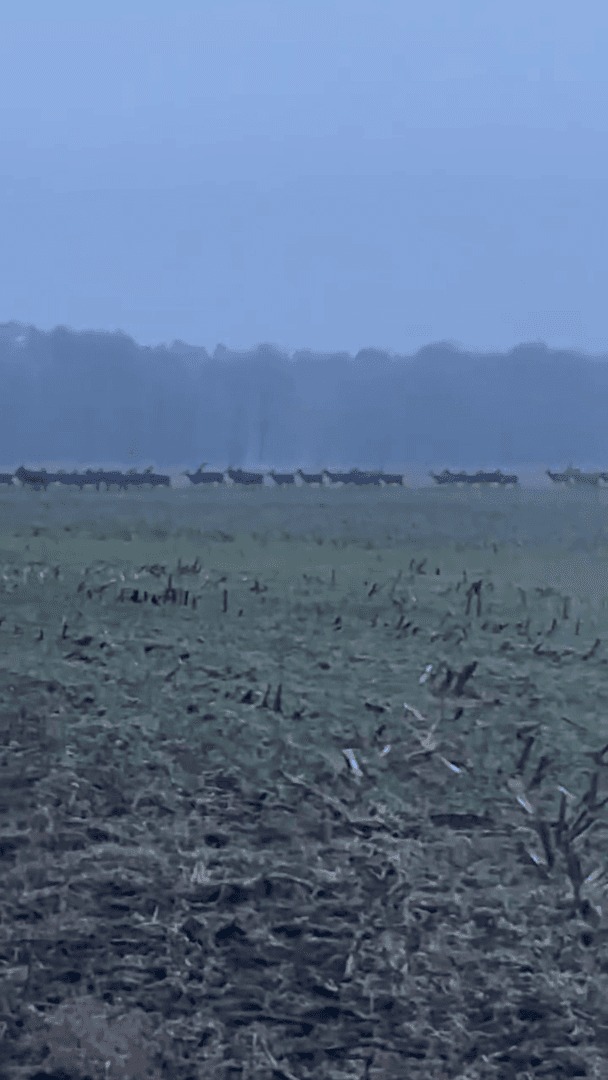
Jagd in der SÄCHSISCHEN SCHWEIZ: Regionale Besonderheiten, Jagdarten und Wildbestände, Gesetze und Traditionen und Bräuche Die Sächsische Schweiz zählt zu den reizvollsten Jagdrevieren Deutschlands. Mit ihren charakteristischen Felsformationen, ausgedehnten Waldgebieten und dem Elbtal bietet diese Region einzigartige Voraussetzungen für die Jagd. Dieser Artikel beleuchtet die geografischen Gegebenheiten, die Struktur der Jägerschaft, praktizierte Jagdmethoden, vorkommende Wildarten sowie rechtliche Rahmenbedingungen und jagdliche Traditionen. Geographische und natürliche Besonderheiten der Sächsischen Schweiz Das Gebiet der Sächsischen Schweiz ist geprägt durch sein markantes Elbsandsteingebirge mit steilen Felswänden, tief eingeschnittenen Tälern und weitläufigen Mischwäldern. Diese topografischen Besonderheiten schaffen nicht nur ein landschaftlich reizvolles Jagdgebiet, sondern stellen auch besondere Anforderungen an die jagdliche Praxis. Die unwegsamen Schluchten und felsige
Post: 5 August 06:47
















































